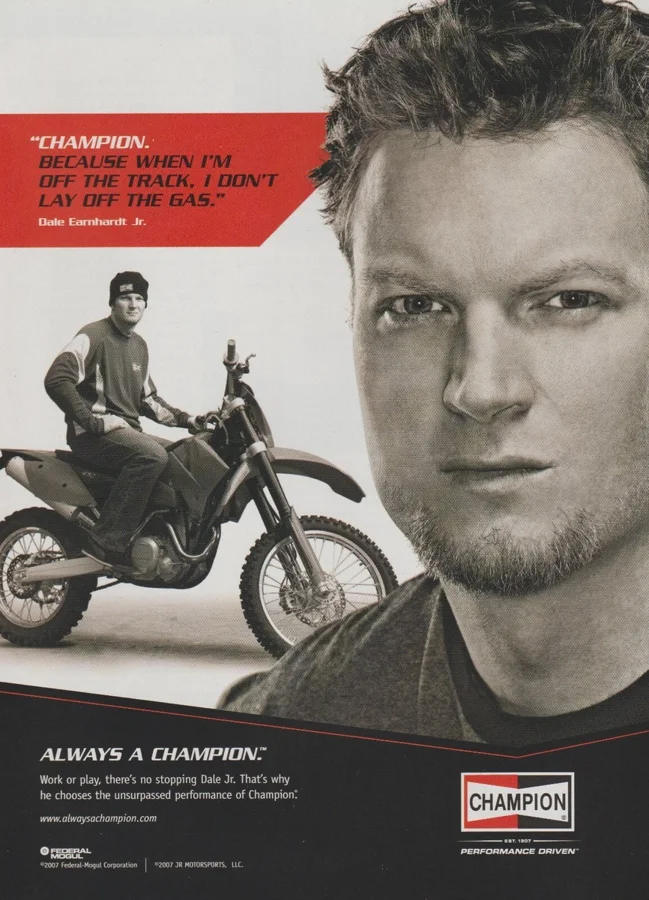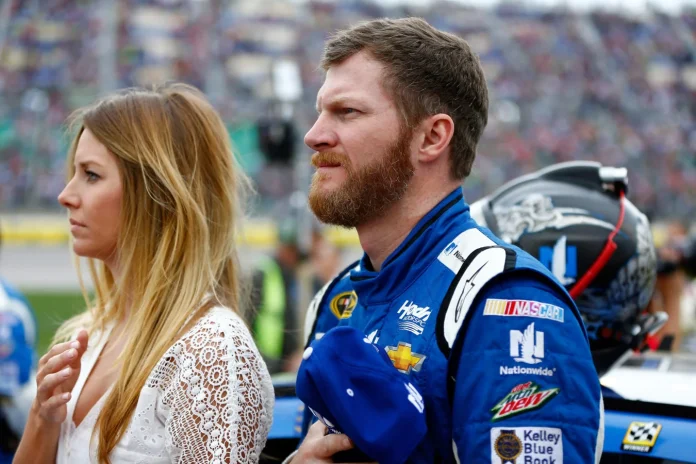Dale Earnhardt Jr. on NASCAR COT remains a prominent point of debate in the racing community, as the NASCAR Hall of Famer recently addressed why so many fans have lingering frustration toward the infamous Car of Tomorrow (COT) project, explaining its impact on the sport’s dynamics. Earnhardt’s candid remarks—shared in response to a fan’s question online—highlight the significant changes the COT introduced when it debuted after his father’s tragic accident at the 2001 Daytona 500 and continued to change the NASCAR Cup Series from 2007 to 2012.
Origins and Goals of the Car of Tomorrow
The Car of Tomorrow emerged as NASCAR‘s response to a profound turning point: the loss of Dale Earnhardt Sr. on the last lap of the 2001 Daytona 500. The initiative had clear aims—improving safety for drivers, reducing costs for racing teams, and enhancing competition on the track. Over several seasons, NASCAR deployed the new COT chassis in the top-tier Cup Series, seeking a safer and more cost-effective vehicle for drivers like Dale Earnhardt Jr. and teams such as Dale Earnhardt Inc. and Richard Childress Racing.
The COT’s adoption, however, marked a dramatic shift in engineering and driving strategy. The car’s unique design elements, particularly the addition of a front splitter rather than the traditional valance, changed the way cars handled and how drivers could approach each track, including iconic venues like Richmond Raceway, Darlington Raceway, and Daytona International Speedway.

Drivers Share Frustrations With the COT
Questions about the COT lingered as the vehicle took center stage in high-profile races. Richard Childress Racing’s Jesse Love Jr. voiced confusion about the widespread fan backlash to the COT, remarking publicly on social media:
“Someone explain COT hate to me plz I don’t get it.”
Dale Earnhardt Jr., now recognized as one of NASCAR‘s 75 Greatest Drivers and a respected spokesperson for the sport, provided an unfiltered explanation:
“It had a splitter and not a valance would be number 1 on my list. That changed a lot of how much a driver could shape a corner or change his inputs. The car would have to be driven one way and you could not be as creative behind the wheel.”
Earnhardt Jr. has a lengthy history of critiquing the COT, dating back to his days competing full-time for Dale Earnhardt Inc. In 2007, after finishing 13th at Richmond—the fourth COT race of that season—he openly expressed his exasperation with the car’s difficult handling:
“We had a car that just wouldn’t handle. It was rough because I couldn’t get it to go where I needed it to pass cars,” Dale Jr. explained in a statement. “These cars handle terrible!”
The NASCAR veteran did recognize the COT’s durability, noting its rugged build that withstood intense contact and incidents on the track. This focus on survival and cost containment reshaped both racing tactics and vehicle maintenance.
The Transition to NextGen and Ongoing Controversies
Following his retirement, Dale Earnhardt Jr. continues to influence NASCAR as the owner of JR Motorsports, a successful Xfinity Series team. He also serves as a part-time crew chief, most recently for Connor Zilisch in the No. 88 JR Motorsports Chevrolet.
The sport has continued to evolve after the COT era, with the latest major innovation being the debut of the NextGen car in 2022. Earnhardt’s opinions on the NextGen—shared via his podcast—sparked new debate. He did not hesitate to draw sharp contrasts to traditional NASCAR stock cars:
“I don’t love the Next Gen car,” Earnhardt said. “It’s an IMSA car. It’s a sports car. It’s got a diffuser. It’s got low-profile tires, it’s got big rims and big brakes. It’s a sports car. It’s not a NASCAR stock car, but it’s here. Everybody’s invested.”
Kyle Petty, another veteran driver and prominent commentator, pushed back on Earnhardt Jr.’s criticism. As NASCAR heads further into the NextGen era, he advocates for embracing change within the sport:
“We have not raced stock cars since about 1958. We don’t race stock cars. We race NASCARs. We have to adjust to it. This is the racing we have. Embrace it, enjoy it. We’re seeing some spectacular stuff on the race track, and I think it’s only going to get better,” he added.
Current Season Developments and Future Implications
As the NASCAR Cup Series nears the end of its regular season, only one race remains before the playoffs begin at Darlington Raceway. The attention of teams, drivers, and fans—including figures like Dale Earnhardt Jr. and Kyle Petty—has shifted to Daytona International Speedway, the site of the final pre-playoff showdown set for August 23.
The legacies of both the COT and the evolving NextGen platform are now integral to ongoing discussions about NASCAR‘s identity, innovation, and what lies ahead. As debate continues among fans, drivers, and veterans, the changes that originated in response to loss and safety concerns remain key factors in how the sport navigates its next chapter.


